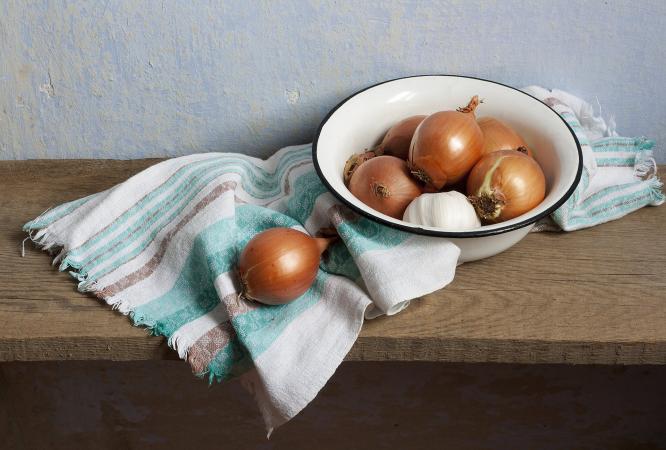By means of fertigation, the chives receive all the nutrients needed in order to provide the best yield
I. While transplanting
Immerse the transplant plugs in a 2% solution of Poly-Feed 20-20-20 + M.E.
II. Fertigation for the establishment stage
Optimal nutrients concentrations in irrigation water (ppm)
|
N |
P2O5 |
K2O |
CaO |
MgO |
Fe |
|---|---|---|---|---|---|
|
100-110 |
70-90 |
100-120 |
110-140 |
60-75 |
0.8-1.2 |
Optimal combination of fertilizers in irrigation water (g/cubic meter)
III. Fertigation for main growth season (fertilizer analysis: 4-2-8 + M.E.)
Optimal nutrient concentrations in irrigation water (ppm)|
Season |
N* |
P2O5 |
K2O |
CaO |
MgO |
|---|---|---|---|---|---|
| Autumn |
90-100 |
70-90 |
100-120 |
100 |
60 |
| Winter* |
140-150 |
100 |
180 |
120 |
70 |
| Spring |
100-120 |
50-60 |
140-160 |
100 |
60 |
*Ammoniacal N should not exceed 10% of total N.
Optimal combination of fertilizers in irrigation water** (g/cubic meter)
|
Season |
Mg sulfate |
|||
|---|---|---|---|---|
| Autumn |
240 |
130 |
380 |
375 |
| Winter* |
390 |
165 |
450 |
440 |
| Spring |
325 |
90 |
380 |
375 |
*The increase in the required concentration is meant to compensate for the reduced water uptake.
** pH of the irrigation water should be maintained at 5.8-6.2, and E.C. should not exceed 1.5 dS/m.
Salinity sensitivity: Chives and tarragon are moderately sensitive to high EC and to chloride. Appropriate steps must be taken to avoid salinity buildup and the use of KCl as a potassic fertilizer.





